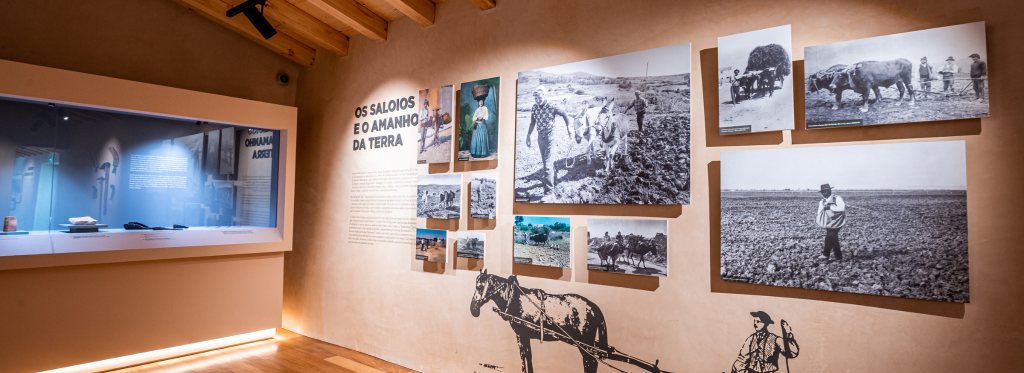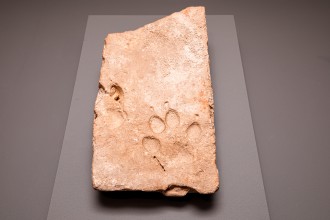PT | EN
Over the centuries, a wide variety of agricultural implements have been used. Ploughs, instruments for breaking up and flattening the land, hoes, scythes and sickles, and tools for raking and threshing still exist today and remind us of all the hard work that went on in the fields.
Archaeological remains left in the soil by the people who once occupied the Cascais region of today are testament of the intense land use since the Lower Paleolithic period.
Among the finds unearthed during archaeological excursions in the municipality, the artefacts linked to agriculture, farming, quarrying and other related activities are of particular interest. A good example are those connected to weaving, an activity dependent on livestock farming, which was particularly widespread in Roman times.
Although many of the organic elements are not preserved, which is why it is difficult to find any wooden handles, fabrics and seeds, occasionally these items have been preserved through certain processes of conservation.
Such was the case with the discovery of charred seeds that attest to the practice of growing barley, olives, broad beans, grapes, grass peas, wheat and peas during the Roman period and at the beginning of the Middle Ages.











